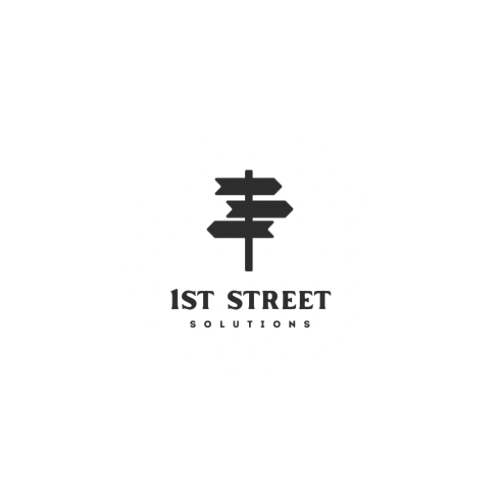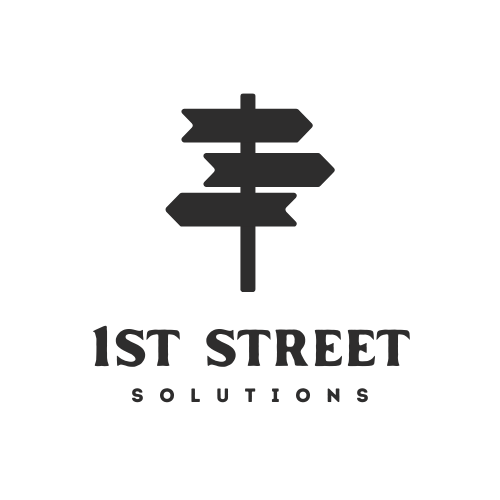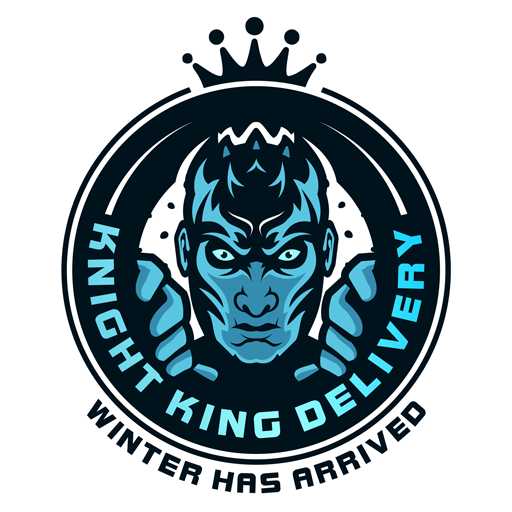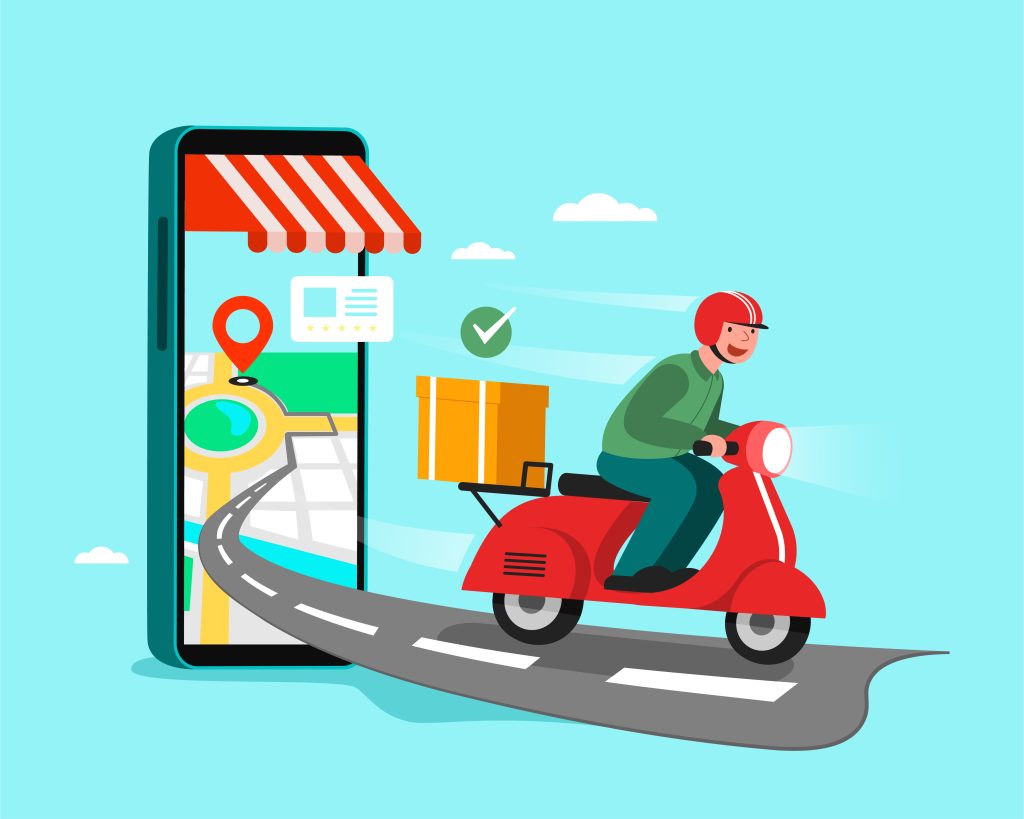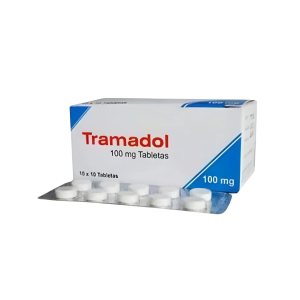Creating a pickup and delivery app can transform a business and open new opportunities for serving customers efficiently. Whether you want to build an app for food delivery, groceries, or parcel services, following a structured process ensures success. This article will walk you through each step, from planning to launching your app.
What Is a Pickup and Delivery App?
A pickup and delivery app connects customers with businesses and drivers to facilitate the transport of goods from one place to another. These apps allow users to place orders for items such as food, groceries, parcels, or other products, then track the delivery process in real-time.
The app typically involves three key users:
- Customers: They browse products or services, place orders, and receive updates about delivery status.
- Drivers: They accept pickup requests, navigate to the pickup location, collect the items, and deliver them to customers.
- Business Owners or Admins: They manage orders, assign drivers, and oversee the entire delivery operation.
Pickup and delivery apps simplify the ordering and delivery process, reducing the need for phone calls or in-person visits. They also provide transparency, allowing customers to see estimated delivery times and track their orders until arrival.
These Are Key Steps to Build a Pickup and Delivery App
A pickup and delivery app development involves several important stages that ensure your app works smoothly and meets user needs. Following these steps helps you create a functional, user-friendly, and efficient app. From planning and design to development and launch, each phase plays a crucial role in delivering a reliable service.
Step 1: Define Your App’s Purpose and Target Audience
Start by deciding what kind of pickup and delivery service your app will support. Will it focus on local restaurants, grocery stores, or courier services? Knowing your audience helps shape app features and design.
Consider these questions:
- Who will use the app — customers, drivers, or store owners?
- What problems will the app solve?
- What kind of deliveries will the app handle — food, parcels, or other items?
Setting clear goals will guide your development and marketing strategies.
Step 2: Research Competitors and Market Needs
Study existing apps to identify features users like or dislike. Apps like Uber Eats, DoorDash, and Postmates provide valuable insights into functionality and user experience.
Focus on:
- User reviews and feedback
- Popular features to include or avoid
- Gaps in current offerings that your app can fill
This research helps position your app in the market and create a better user experience.
Step 3: Plan Core Features for Your App
After setting your purpose and researching competitors, list the features your app must have. Essential features usually include:
For Customers:
- User registration and login
- Search and browse options
- Real-time order tracking
- Multiple payment methods
- Order history and ratings
For Drivers:
- Driver registration and profile management
- Order acceptance and navigation
- Delivery status updates
- Earnings and payout tracking
For Admins:
- User management
- Order management
- Payment and commission handling
- Analytics and reporting
Prioritize features based on your budget and timeline. You can add extra functionalities later as updates.
Step 4: Choose the Right Technology Stack
Picking suitable technologies affects app performance and scalability. Most pickup and delivery apps include mobile applications for customers and drivers, and a web dashboard for admin management.
Consider these technology options:
- Frontend: React Native, Flutter, or native languages like Swift (iOS) and Kotlin (Android)
- Backend: Node.js, Django, or Ruby on Rails
- Database: PostgreSQL, MongoDB, or MySQL
- APIs: Google Maps API for navigation, payment gateways like Stripe or PayPal
Choose technologies that match your team’s skills and app requirements.
Step 5: Design User-Friendly Interfaces
The app’s design should keep users engaged and make ordering simple. Use clean layouts, clear icons, and easy navigation paths.
Tips for design:
- Create wireframes to map user journeys
- Use consistent branding, colors, and fonts
- Keep buttons and menus intuitive
- Test prototypes with potential users for feedback
A smooth design reduces friction and boosts customer satisfaction.
Step 6: Develop the App in Phases
Start coding by building the app’s minimum viable product (MVP). An MVP contains core features enough for users to place and track orders. This allows early testing and feedback collection.
Development phases:
- Phase 1: Customer app with registration, search, ordering, and payment
- Phase 2: Driver app with order acceptance and navigation
- Phase 3: Admin dashboard with order and user management
Breaking development into smaller parts helps manage progress and address bugs quickly.
Step 7: Integrate Essential APIs and Services
Incorporate third-party services to add critical capabilities without building them from scratch.
Common integrations:
- Maps and GPS: Google Maps or Mapbox for accurate location tracking
- Payment Gateways: Stripe, PayPal, or local payment providers for secure transactions
- Push Notifications: Firebase Cloud Messaging or OneSignal for real-time updates
- SMS and Email: Twilio or SendGrid for order confirmations and alerts
Proper API integration improves app functionality and user experience.
Step 8: Test Every Aspect Thoroughly
Testing ensures the app performs well and is free of major errors.
Focus areas:
- Functionality testing: Verify all features work as intended
- Usability testing: Ensure the app is easy to use on different devices
- Performance testing: Check app speed and responsiveness
- Security testing: Protect user data and prevent vulnerabilities
Use both manual and automated testing tools. Involve real users for beta testing to gain authentic feedback.
Step 9: Launch the App and Monitor Performance
Prepare for launch by submitting your app to platforms like Google Play Store and Apple App Store. Follow their guidelines carefully to avoid rejection.
Post-launch tasks:
- Monitor app usage and crash reports
- Gather user reviews and ratings
- Track key performance indicators like order volume and delivery times
Quickly respond to issues and keep improving your app based on user input.
Step 10: Plan Updates and Add New Features
The delivery market changes fast, so your app should evolve accordingly.
Ideas for future updates:
- Loyalty programs and discounts
- Multiple language support
- Advanced route optimization for drivers
- Chat support between customers and drivers
Regular updates keep users engaged and attract new customers.
Conclusion
Building a pickup and delivery app requires careful planning, effective design, and ongoing attention. By defining clear goals, selecting the right technology, focusing on user experience, and continuously improving, you can create an app that meets customer needs and drives business growth.
Ready to start your project? Follow these steps, stay focused, and build an app that delivers value every time.
